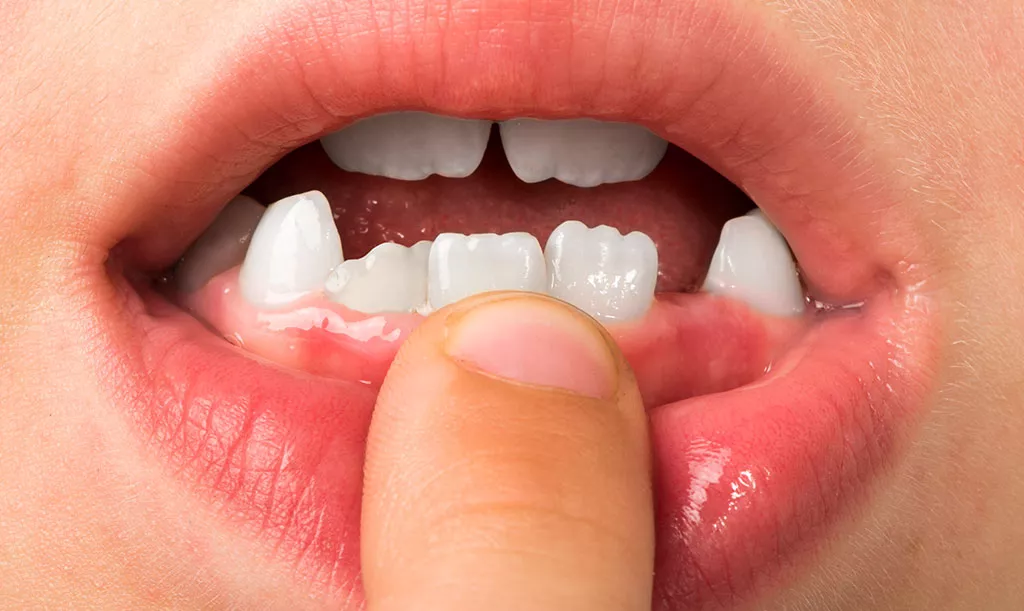Missing teeth can affect both aesthetics and oral function. Two common solutions for replacing missing teeth are Maryland bridges and dental implants. Although both restore the smile, they differ in procedure, advantages, and ideal use. Here’s a detailed comparison.
What is a Maryland Bridge? Features and Advantages
A Maryland bridge is a minimally invasive dental bridge used to replace a missing tooth. It consists of wing-shaped metal or ceramic attachments bonded to the backs of adjacent teeth.
Advantages:
- Minimal preparation of neighboring teeth
- Can be completed in a single session or a short period
- Non-surgical
- More economical than implants
Disadvantages:
- Less durable than implants
- Wings may detach or discolor over time
- Not suitable for long gaps; generally used for a single missing tooth
When is it preferred?
- For single tooth loss, especially in the front
- For patients avoiding surgery
- When bone quantity is insufficient for implants
What is Implant Treatment? Features and Advantages
Dental implants involve placing a titanium screw into the jawbone to act as a tooth root, followed by a crown made of porcelain or zirconium. Implants are a long-term, biocompatible solution.
Advantages:
- Independent support; neighboring teeth remain untouched
- Durable and long-lasting
- Closest solution to natural teeth in function and aesthetics
- Helps prevent bone loss and supports jawbone health
Disadvantages:
- Requires surgery and a recovery period
- Higher cost than Maryland bridges
- Needs sufficient bone and good oral hygiene
When is it preferred?
- For patients seeking a long-term, durable solution
- When the jawbone is suitable
- For those willing to undergo surgery
Quick Comparison
| Feature | Maryland Bridge | Implant |
|---|---|---|
| Application Method | Wings attached to adjacent teeth | Titanium screw in jawbone |
| Need for Surgery | No | Yes |
| Durability | Short- to medium-term | Long-term, highly durable |
| Effect on Neighboring Teeth | Some preparation required | No intervention |
| Cost | More affordable | Higher |
| Aesthetic | Short-term aesthetics, mainly for front teeth | Closest to natural tooth appearance |
Conclusion
- Maryland bridges: Practical, faster, less invasive; ideal for short-term or non-surgical solutions
- Implants: Durable, natural-looking, and healthy long-term solution; preferred when jawbone is sufficient
Both methods have their place in modern dentistry. A dentist should evaluate the patient’s overall health, aesthetic expectations, budget, and jawbone condition before determining the best option.
This article provides general information. Individual treatment may vary, and consultation with a qualified dentist is essential. These articles are for informational purposes only and are not a substitute for professional medical advice.











